The Hov system is a bit removed from the missile compensation system, yet the two systems were very much partners in the ship control tool-box during, 'battle stations, missile'
Here's how they came together:
As soon as the boat jumped into 1SQ the OOD commands the Diving Officer to, 'prepare to hover'. The boat is slowed down and brought up to launch depth; the Chief-of-the-Watch (BCP operator) started to pressurize the flooded Hov tank and vents the dry tank inboard (watch your ears, sinus clearing time is at hand); as the boat slowed to 'hovering speed' (patrol speed was not much faster) the Diving Officer had the COOW fine tune the water between trim tanks and water in or out of auxiliaries to get the boat in as good a trim as possible (nothing like slowing the boat down to find out how good your underway guesstimation of weight management had been going the last couple of days); a second man took his seat to the left of the COOW to run the missile compensation board, part of the BCP; and everyone twiddled their thumbs till the command, 'Hover' was issued by the OOD. A rotary switch at the dive-stand is turned and the hovering system kicks in to maintain the boat at a specific depth plus or minus a bit.
And then the intermittent racket of air rushing in to the blown Hov tank and the inboard venting of the flooding Hov tank -- an old SSBN's way of shouting out to the world (and bad-guy attack boats out there): 'Here we are! ... take a shot before we kill all your kids, parents and wifes!"
Here's how they came together:
As soon as the boat jumped into 1SQ the OOD commands the Diving Officer to, 'prepare to hover'. The boat is slowed down and brought up to launch depth; the Chief-of-the-Watch (BCP operator) started to pressurize the flooded Hov tank and vents the dry tank inboard (watch your ears, sinus clearing time is at hand); as the boat slowed to 'hovering speed' (patrol speed was not much faster) the Diving Officer had the COOW fine tune the water between trim tanks and water in or out of auxiliaries to get the boat in as good a trim as possible (nothing like slowing the boat down to find out how good your underway guesstimation of weight management had been going the last couple of days); a second man took his seat to the left of the COOW to run the missile compensation board, part of the BCP; and everyone twiddled their thumbs till the command, 'Hover' was issued by the OOD. A rotary switch at the dive-stand is turned and the hovering system kicks in to maintain the boat at a specific depth plus or minus a bit.
And then the intermittent racket of air rushing in to the blown Hov tank and the inboard venting of the flooding Hov tank -- an old SSBN's way of shouting out to the world (and bad-guy attack boats out there): 'Here we are! ... take a shot before we kill all your kids, parents and wifes!"






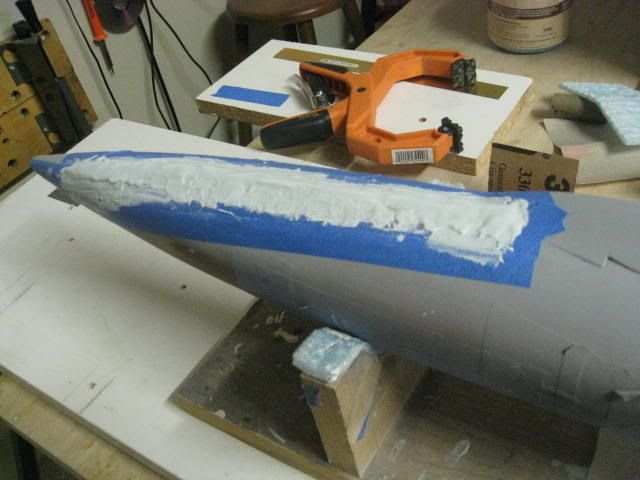

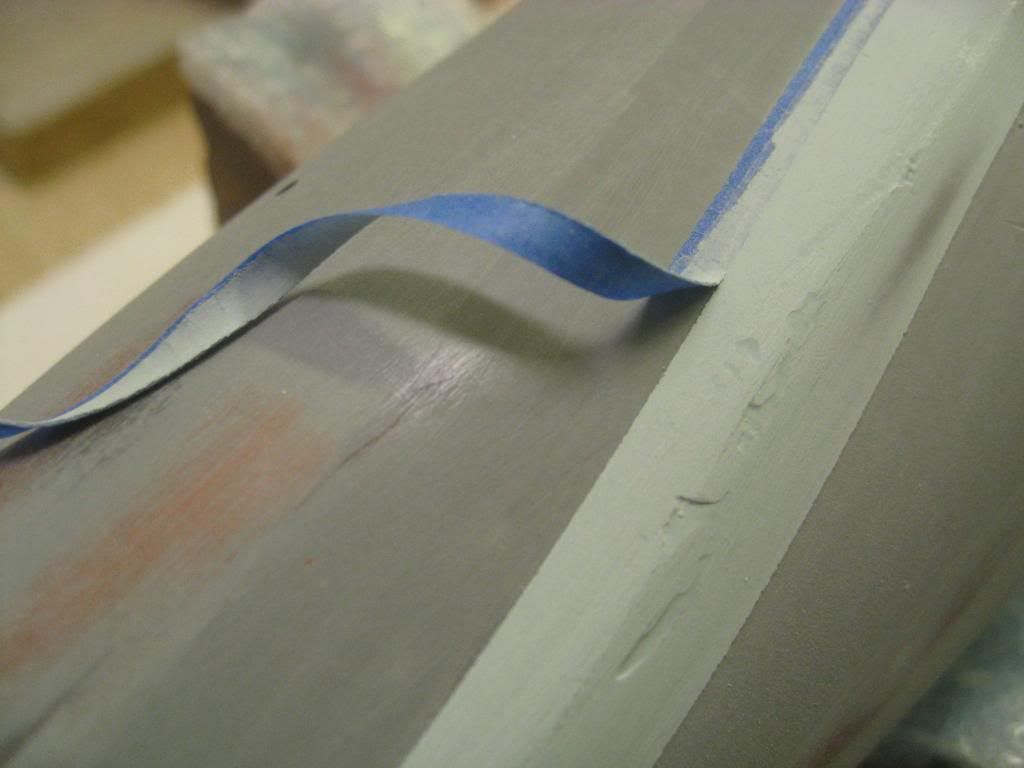
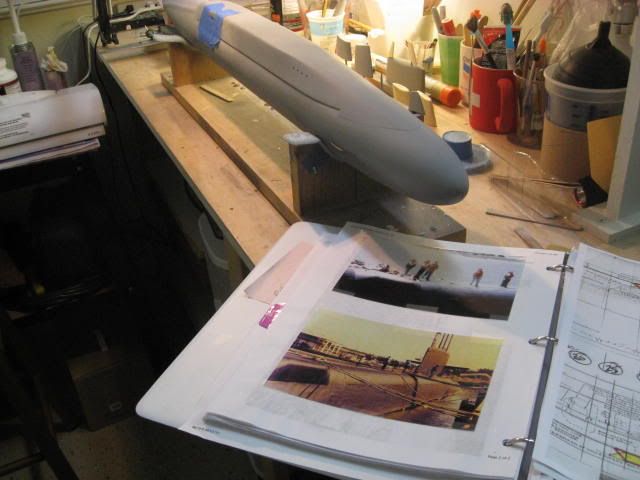
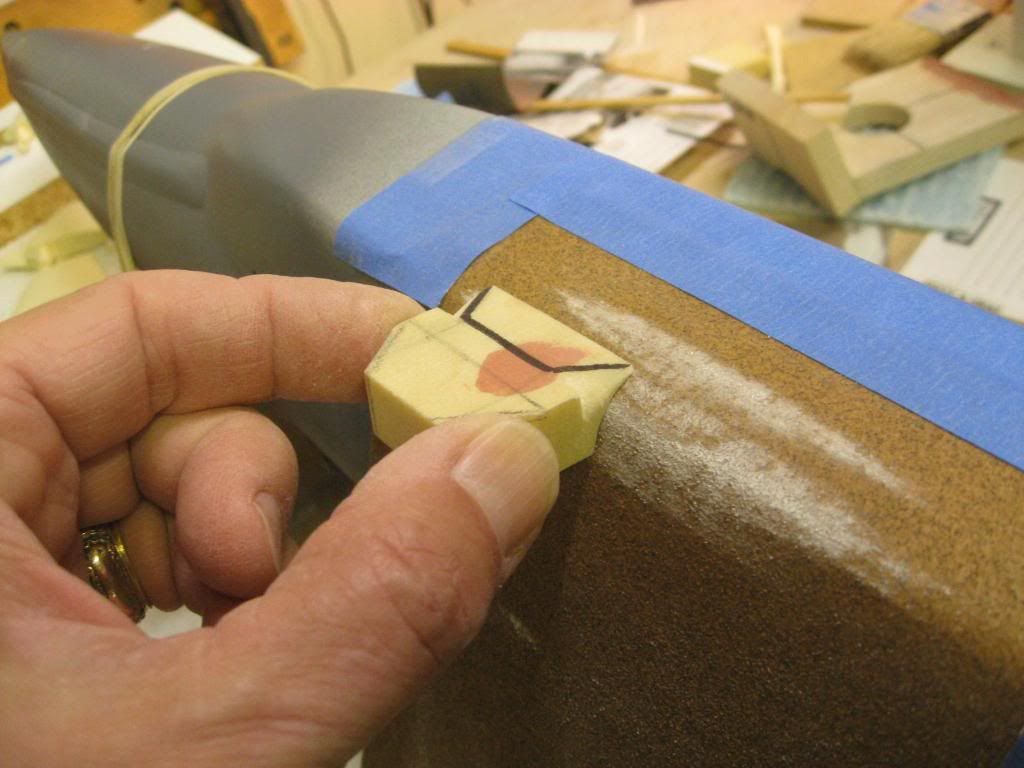
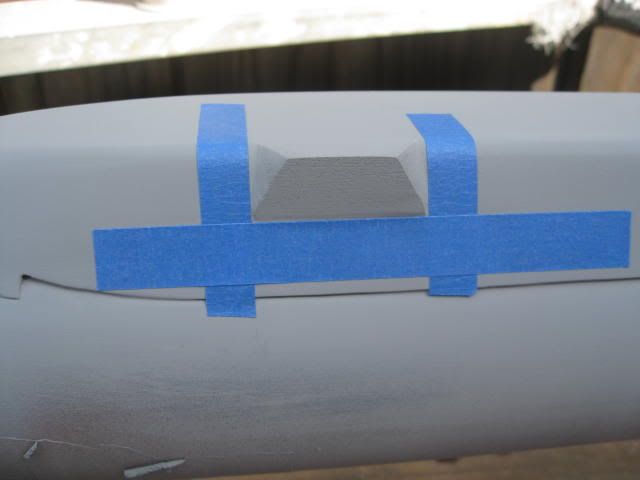
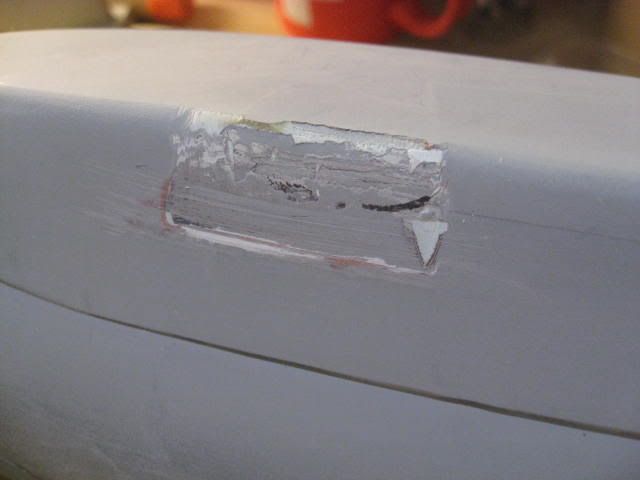
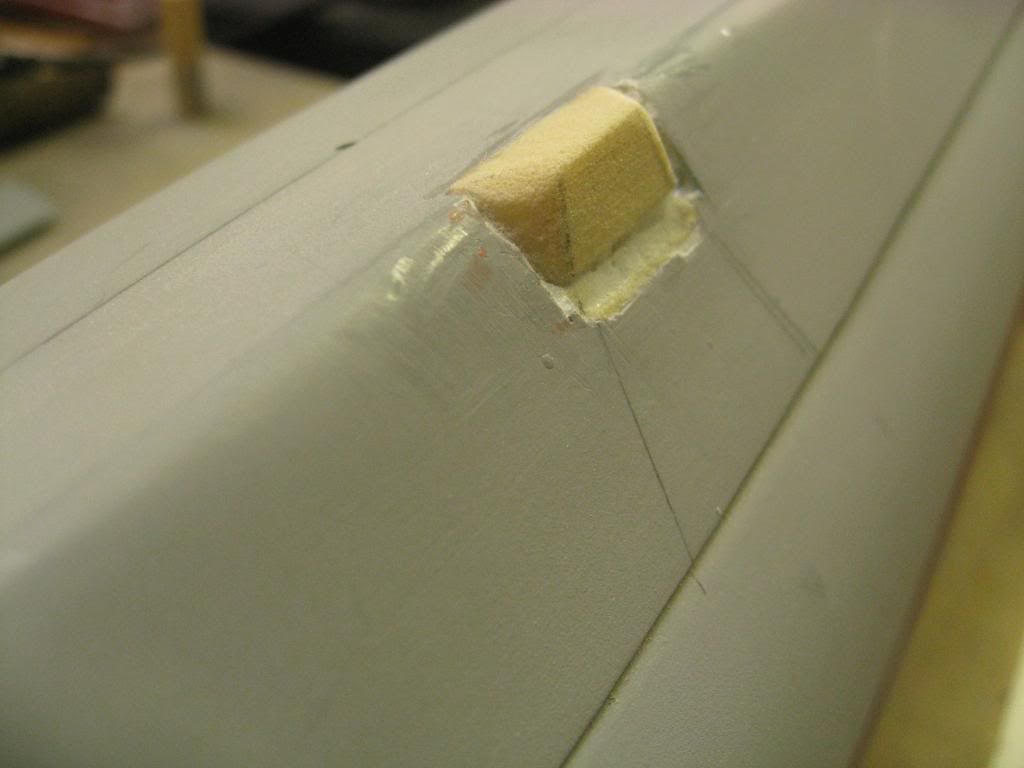


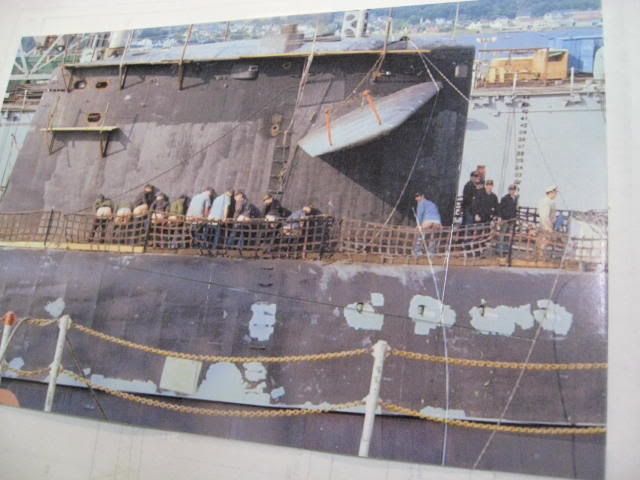


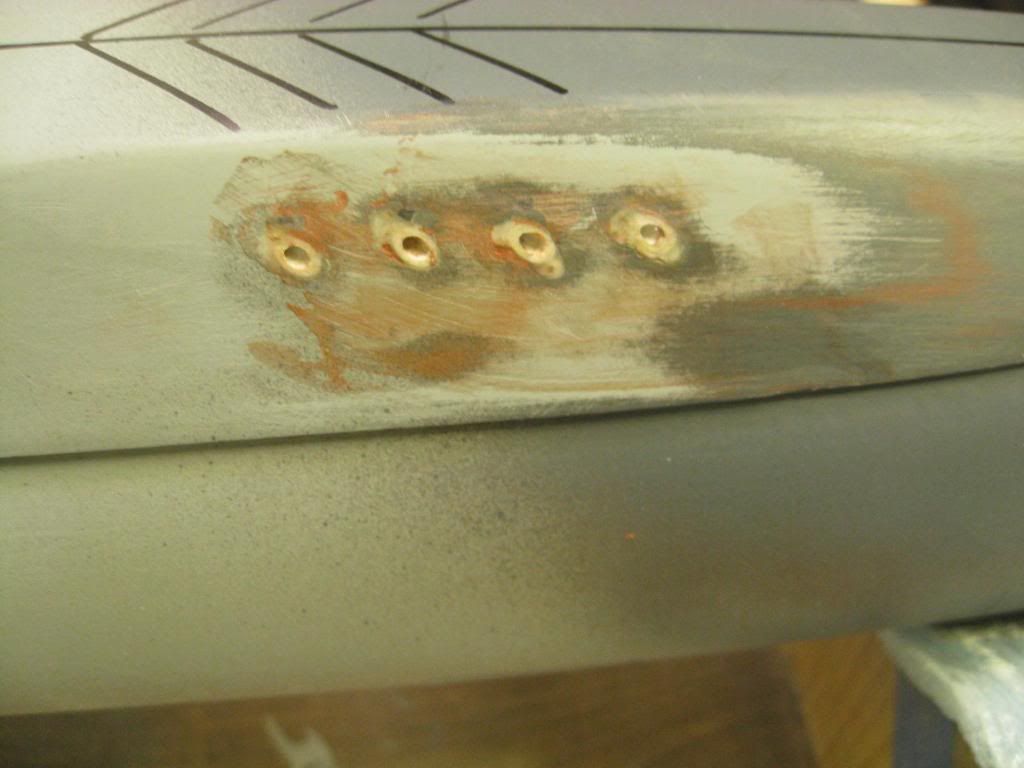



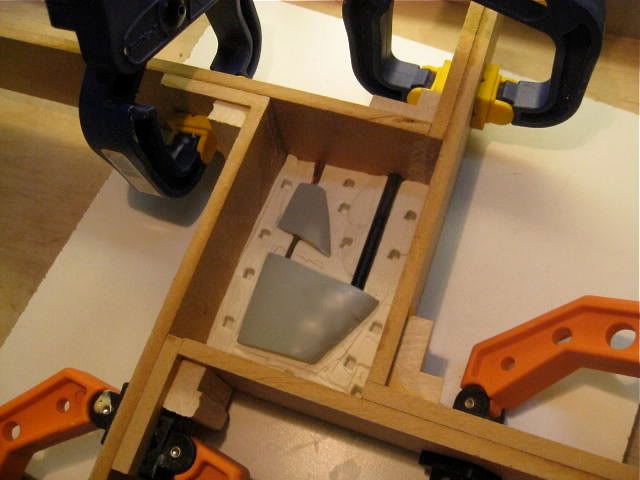
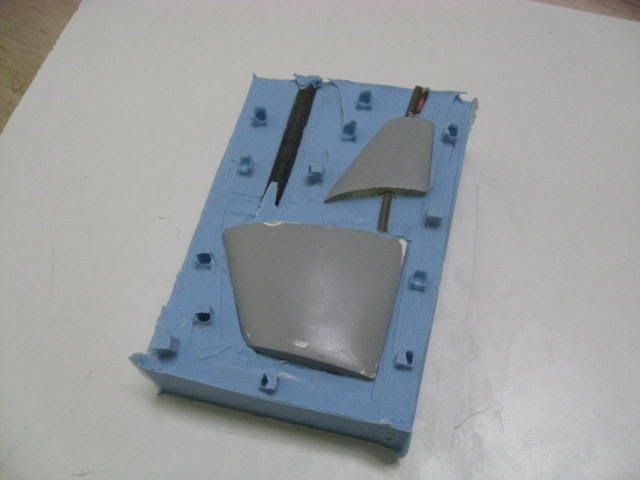

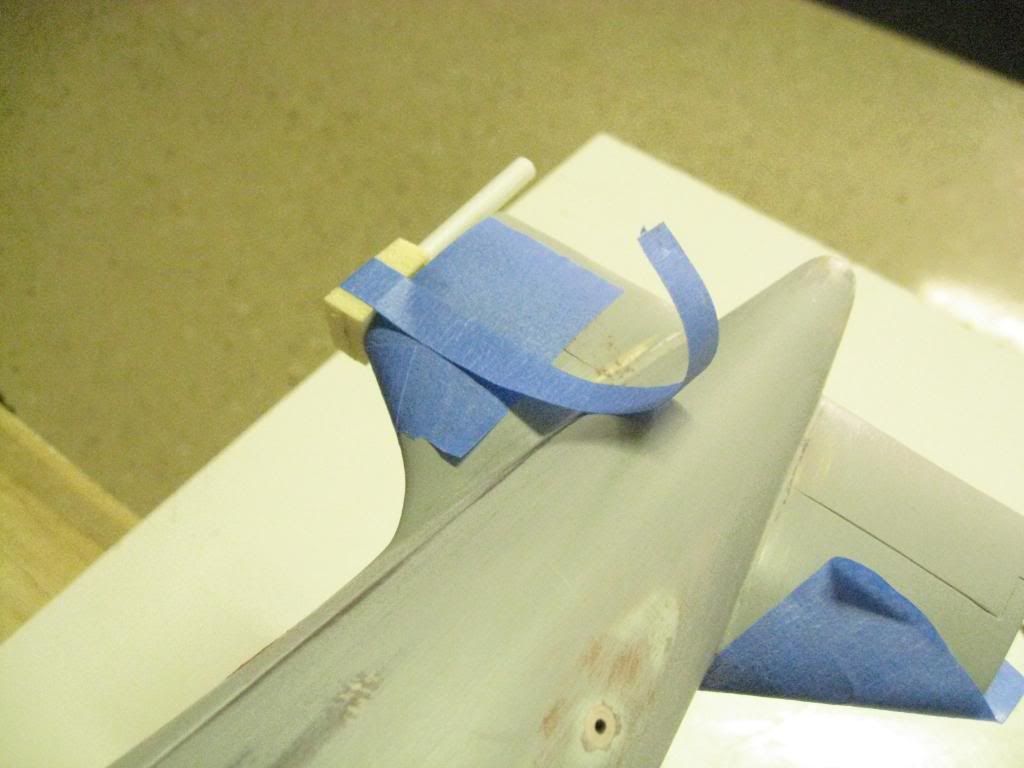
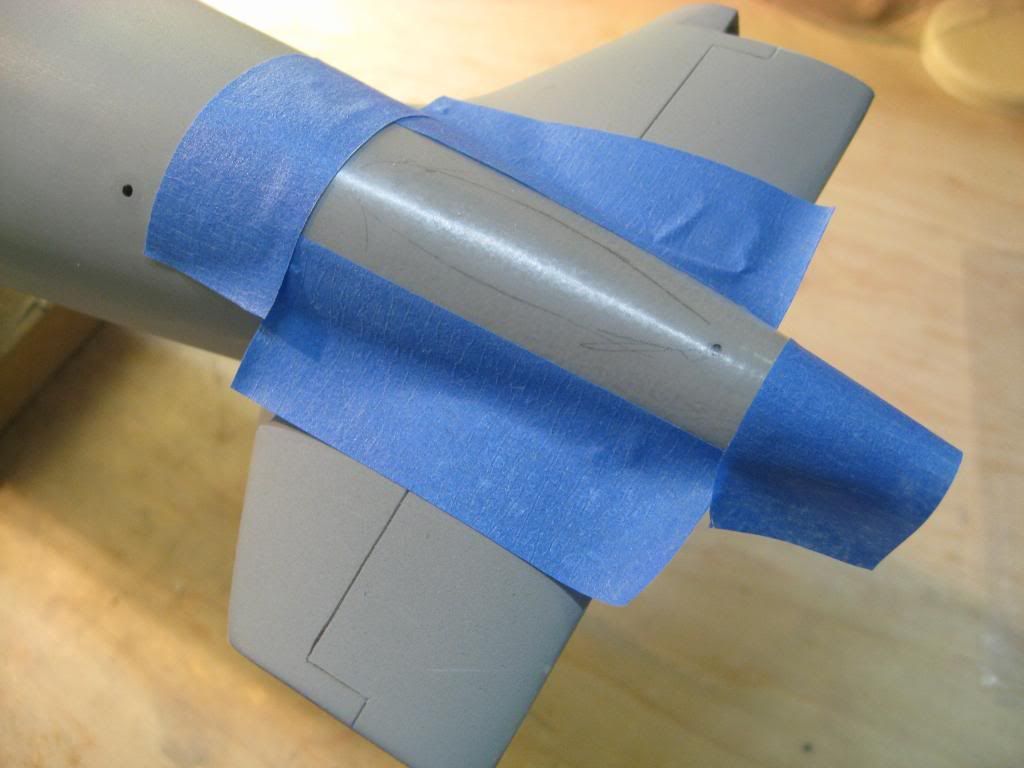

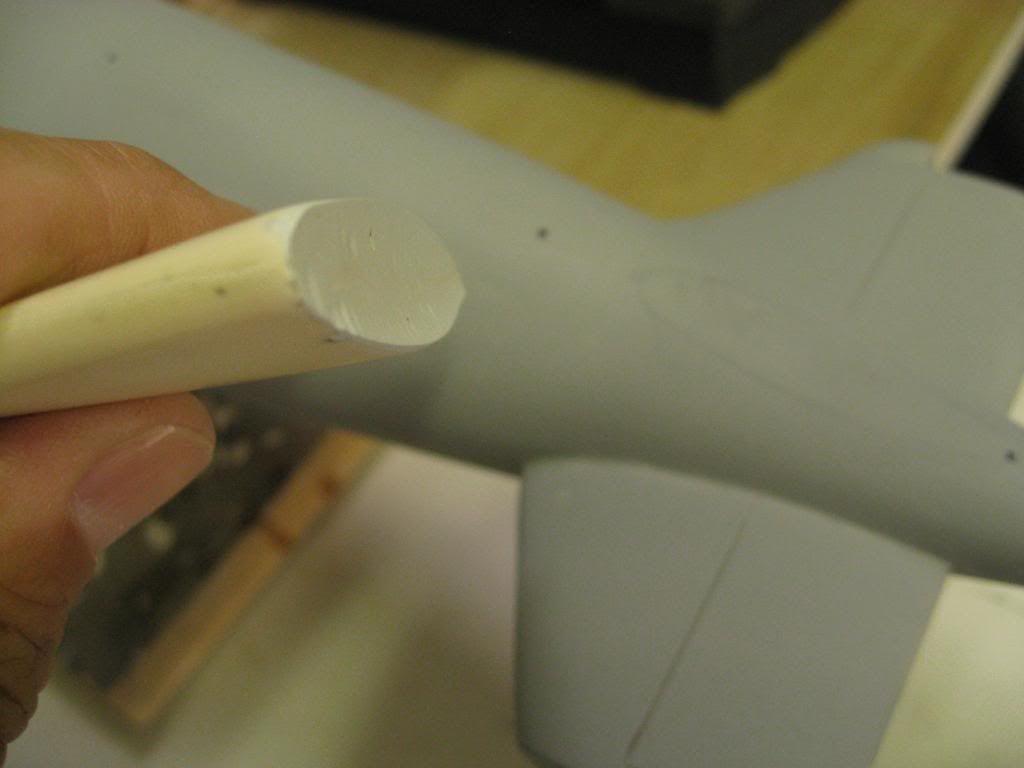




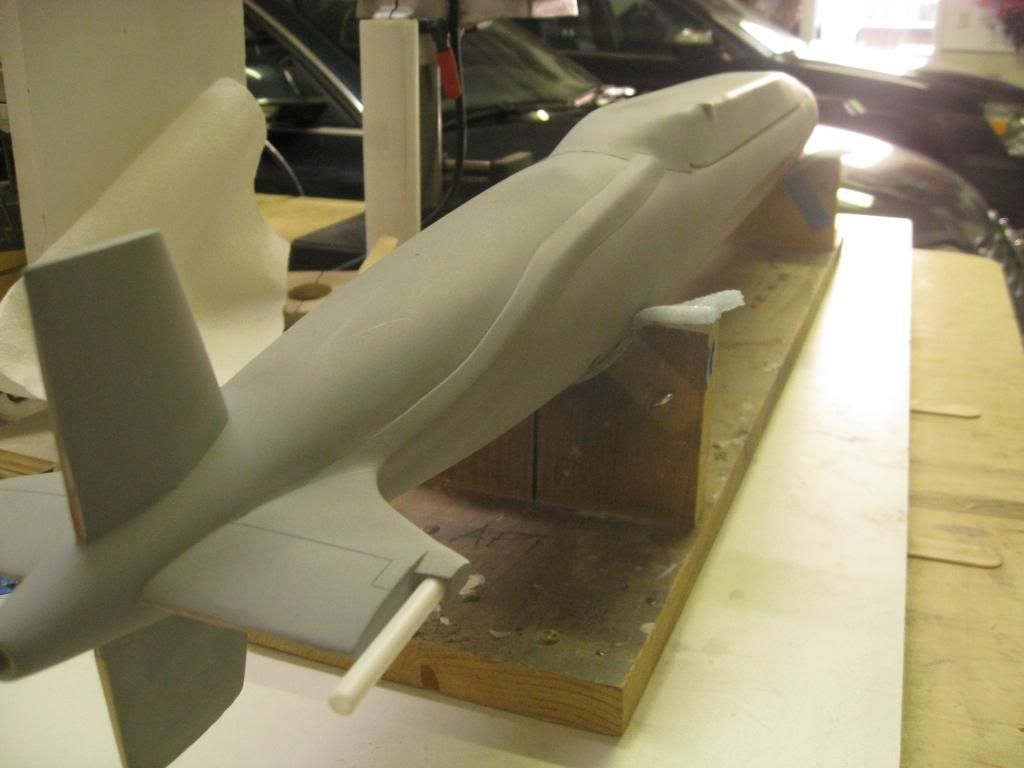





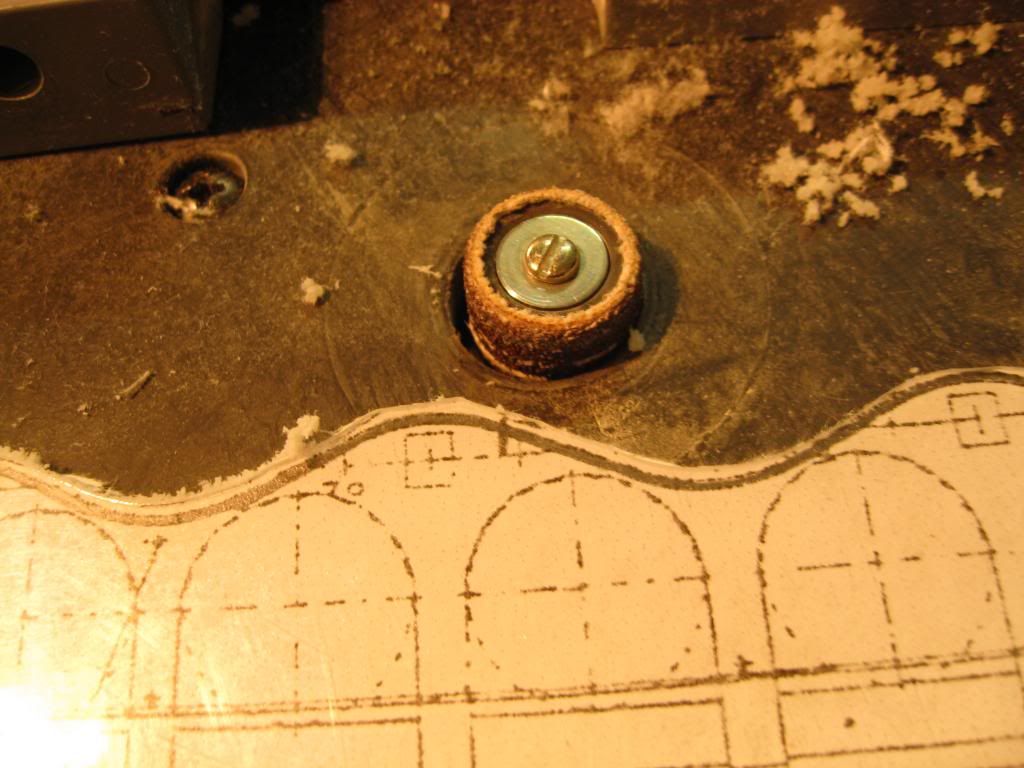
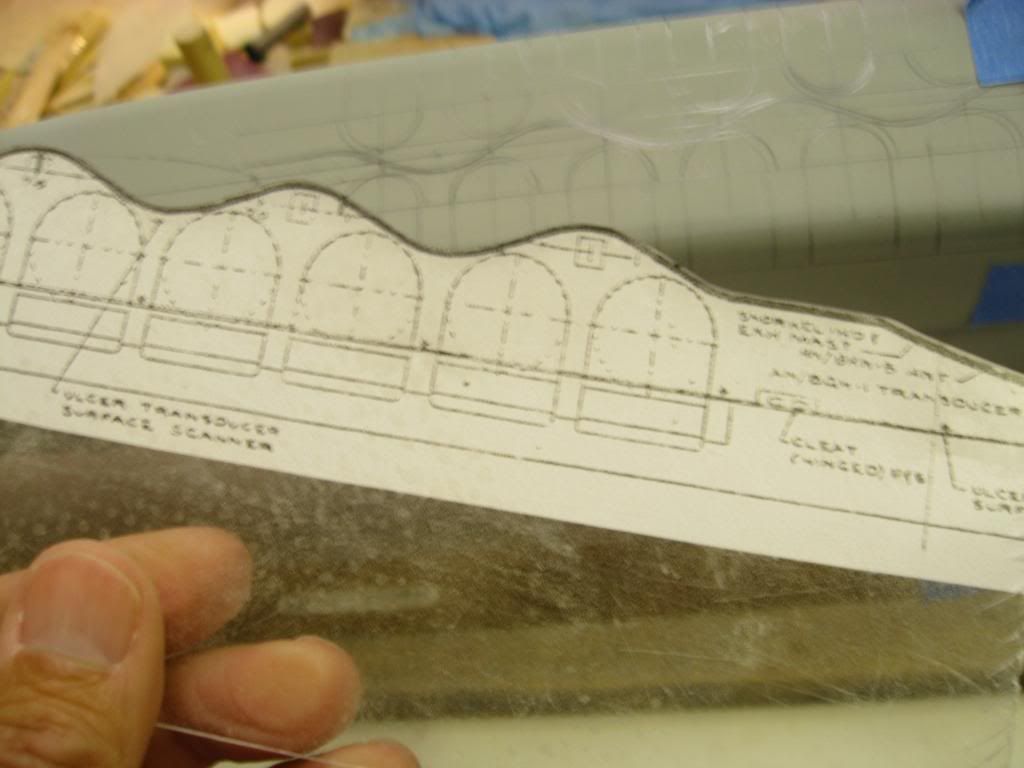



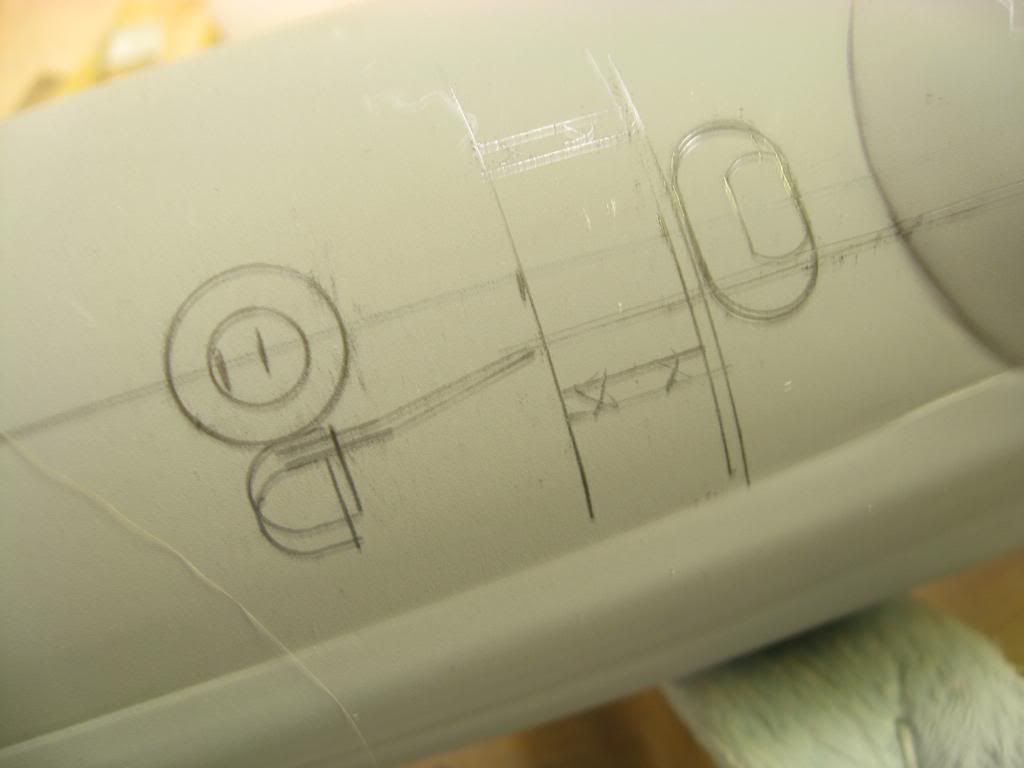
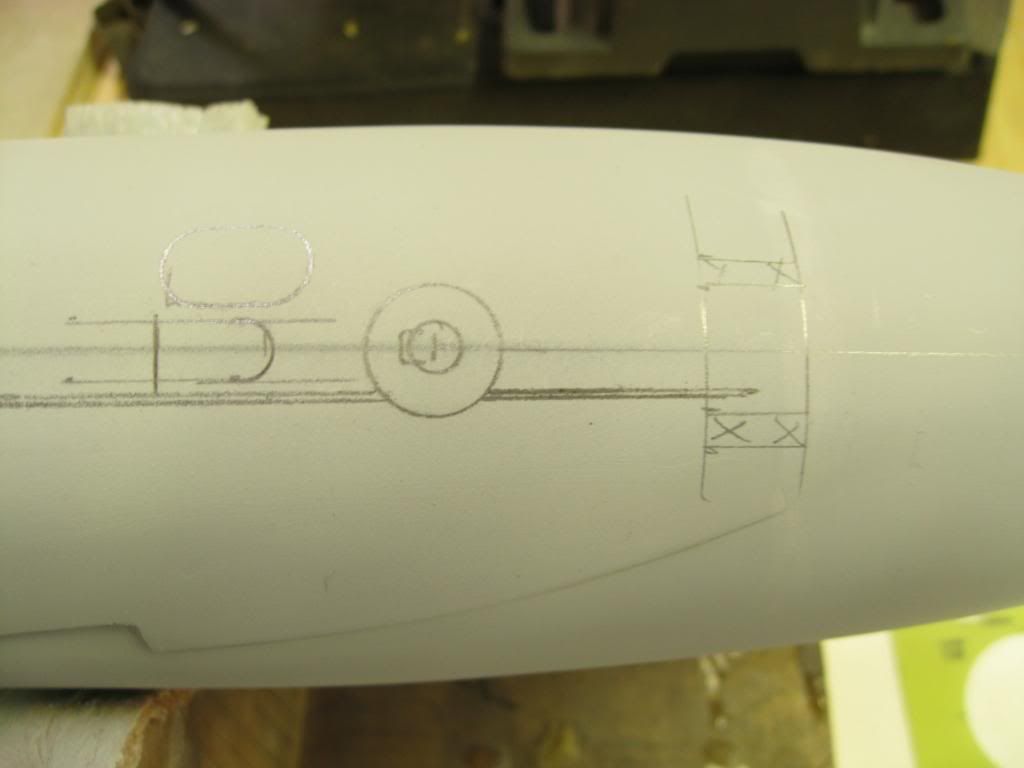


Comment